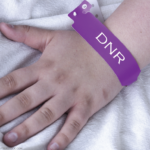Healthcare businesses are a hot commodity in the market today. A buyer may even be interested in your healthcare practice right now. Whether or not you’ve gone down the road of selling your practice before, the process can be stressful and time consuming. A lot of the time and stress centers around one aspect of…








